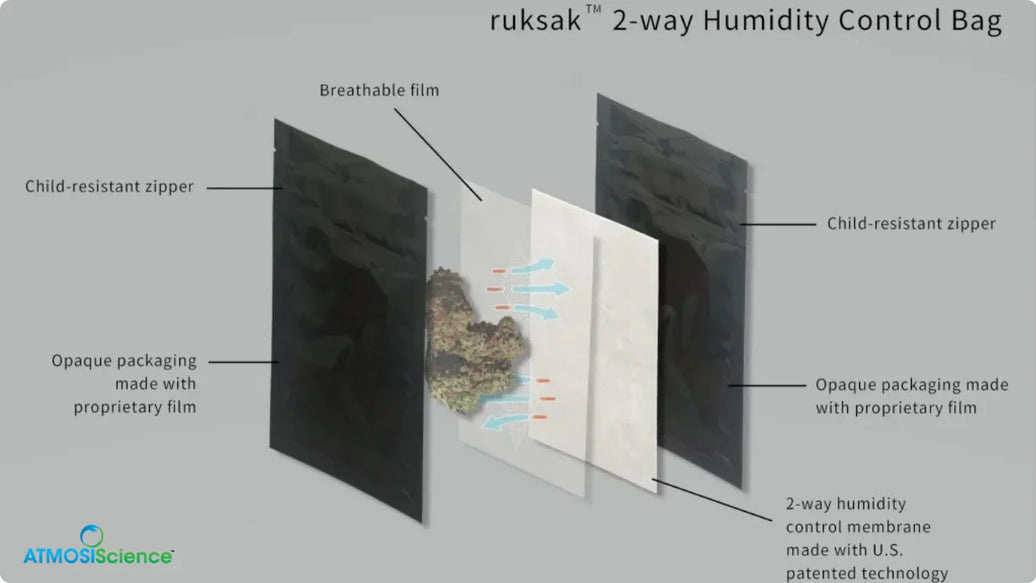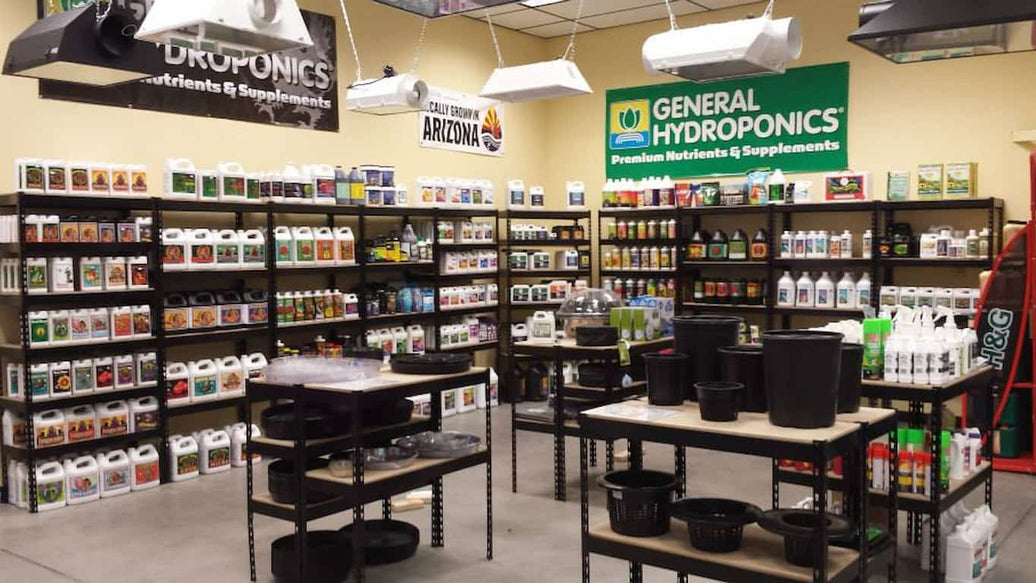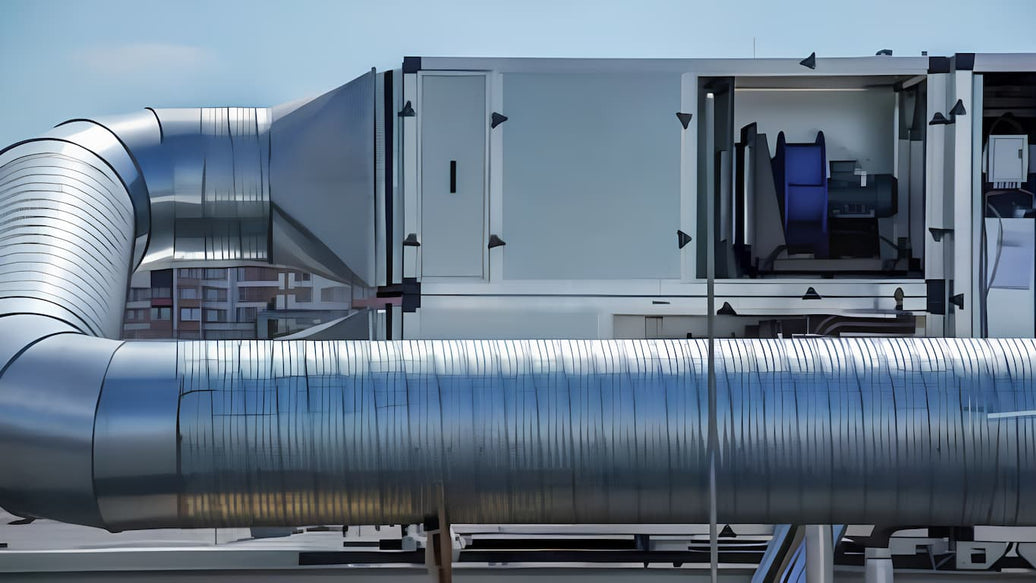Have you ever wondered why some spaces feel “just right” while others leave you with dry skin or struggling to breathe? The answer often lies in an invisible yet crucial factor: humidity. This blog explores the complex relationship between humidity and comfort in indoor environments, revealing why maintaining a comfortable humidity level is essential for both well-being and building performance.

Humidity and comfort: Why humidity deserves more credit
Humidity is simply the amount of water vapor in the air – profoundly impacting our perception of indoor environments. While temperature often gets the spotlight, humidity plays an equally important role in determining whether a space feels comfortable. Relative humidity (RH), expressed as a percentage, measures the amount of moisture in the air compared to what the air could potentially hold at a given temperature.
When it comes to humidity and comfort, finding the right balance is critical. Too little moisture in the air causes dry skin, irritated eyes, and respiratory problems. Too much creates a breeding ground for mold and dust mites while making spaces feel stuffy and uncomfortable.
The optimal range: What science tells us about comfortable humidity levels
Consensus standards for comfortable humidity levels
A detailed analysis of major building and health authorities reveals remarkable consensus around optimal humidity ranges for human comfort:
ASHRAE Standard 55: The American Society of Heating, Refrigerating and Air-Conditioning Engineers – widely considered the global authority on indoor environmental quality – recommends relative humidity be maintained below 65% to prevent microbial growth. While the standard doesn’t specify a strict lower limit for comfort, it notes that humidity below 30% can cause skin dryness, mucous membrane irritation, and static electricity issues. For general comfort conditions, ASHRAE indicates that humidity ratios should remain at or below 0.012, which translates to different RH levels depending on temperature.

CIBSE Guide A: The Chartered Institution of Building Services Engineers recommends 40-60% RH for dwellings and air-conditioned buildings, with a slightly broader 40-70% range for other building types. Their research emphasizes that “good-practice RH is between 40% and 60%” for most occupied spaces.
HSE Guidelines: The Health and Safety Executive recommends “levels of relative humidity in the range of 40 to 70% for the workplace environment,” noting particular concerns about eye comfort in display screen equipment regulations.
The Sterling Chart: This influential research review by Sterling et al. (1985) examined biological contaminants, pathogens, and chemical interactions, concluding that the optimal humidity range to minimize risks to human health occurs within the narrow band of 40-60% RH.
Sensitization Guidelines: For those with asthma or allergies, maintaining humidity between 30-50% is recommended, with acknowledgment that anything below 60% can help reduce dust mite populations – a major trigger for respiratory issues.
This convergence of recommendations from multiple authoritative sources around the 40-60% RH range represents a robust scientific consensus on what constitutes a comfortable humidity level for most indoor environments.

As shown in the chart above, different building types have slightly different optimal humidity ranges. While residential, office, and healthcare settings generally maintain a 40-60% RH target, educational facilities often require a narrower 45-55% RH range to optimize student performance.
The physiological impact: How humidity affects your body
Humidity and health – our bodies constantly interact with ambient humidity in ways that directly impact comfort. At low humidity levels (below 40% RH), the body experiences accelerated moisture loss through the skin and respiratory system. Research by Sunwoo et al. (2006) demonstrated that low humidity environments significantly affect mucous membranes, eye moisture, and skin hydration.
Conversely, when humidity rises above 60% RH, our natural cooling system – evaporative cooling through perspiration – becomes less efficient, making us feel warmer than the actual temperature would suggest.

This graph elegantly illustrates why the 40-60% range represents an optimal balance point for comfortable humidity levels: it’s where respiratory infections, allergic reactions, and chemical interactions are all minimized.
Temperature and humidity: The dynamic duo of comfort
The relationship between humidity and comfort isn’t static, it varies significantly with temperature changes. ASHRAE Standard 55 acknowledges this interaction through complex comfort models that calculate how temperature and humidity work together to create thermal satisfaction.

This chart demonstrates that at lower ambient temperatures (23°C/73°F), the comfort peak occurs around 50% RH. As temperatures rise to 29°C (84°F), lower humidity levels become necessary to maintain equivalent comfort. This dynamic relationship explains why comfortable humidity levels must be adjusted seasonally in many buildings.
Building type and function: Contextual humidity requirements
Different spaces demand different approaches to humidity and comfort based on their function and occupants:
- Healthcare facilities: Maintain precise 50-60% RH to prevent infection transmission while minimizing static electricity that could damage sensitive equipment.
- Data centers: According to ASHRAE guidelines, server rooms should maintain 45-55% RH, with upper limits below 60% in environments with copper and silver components to prevent corrosion.
- Educational environments: Schools benefit from tight humidity control (45-55% RH) to maintain student alertness and minimize absenteeism from respiratory illnesses.
Climate change and future humidity requirements
As our climate evolves, humidity control strategies must adapt accordingly. The chart below projects how optimal humidity ranges may shift over the next 25 years:

This projection suggests that by 2050, the comfortable humidity level range may expand to 45-65% RH, reflecting adaptation to warming temperatures and changing precipitation patterns.
Practical tips for maintaining comfortable humidity levels
- Monitor consistently: Use hygrometers to track humidity levels in different areas of your building.
- Adjust seasonally: Humidify in winter when heating systems dry out air; dehumidify in summer when outdoor humidity is high.
- Balance ventilation: Proper air exchange helps regulate indoor humidity without excessive energy use.
- Consider whole-building approaches: Central humidity control provides more consistent results than room-by-room solutions.
- Watch for warning signs: Static electricity suggests too little humidity; condensation on windows indicates too much.
The relationship between humidity and comfort represents a complex interplay between building science, human physiology, and environmental conditions. While the scientific consensus points to 40-60% relative humidity as optimal for comfortable humidity levels in most situations, individual buildings may require adjustments based on occupancy, climate, and specific activities.
With increasing climate variability and evolving building technologies, maintaining comfortable humidity levels will require increasingly sophisticated approaches – but the benefits to health, comfort, and building performance make this effort well worthwhile.
































